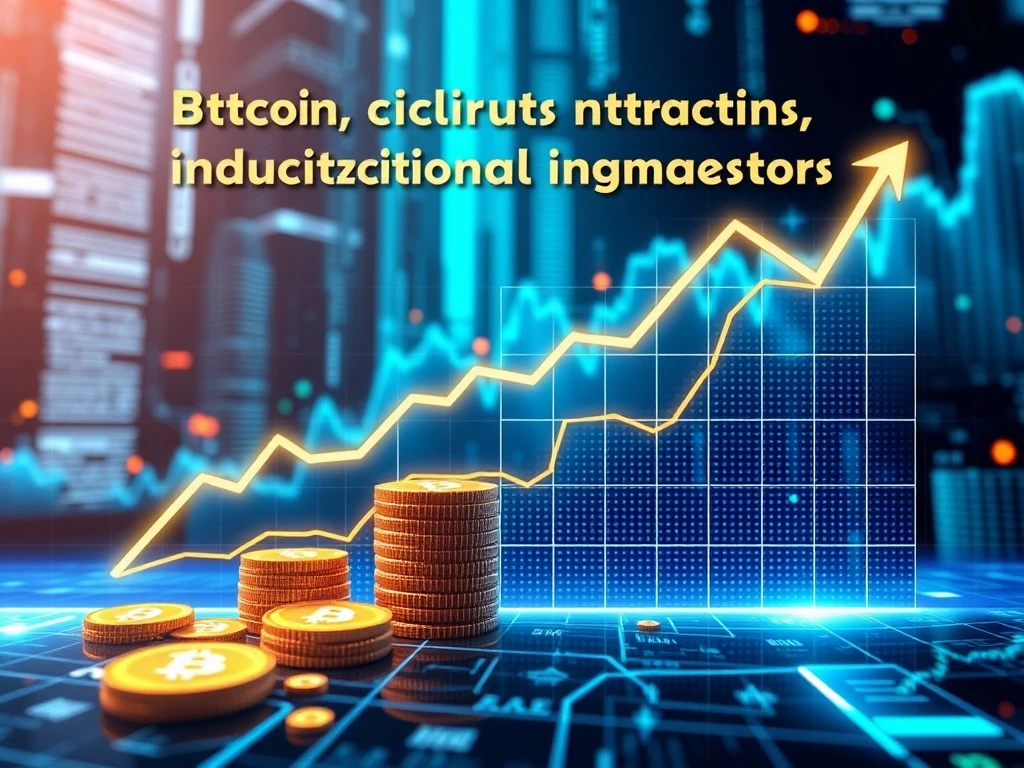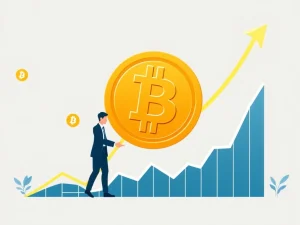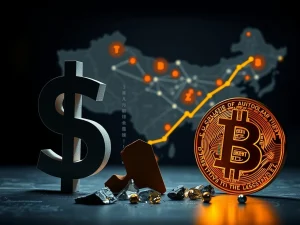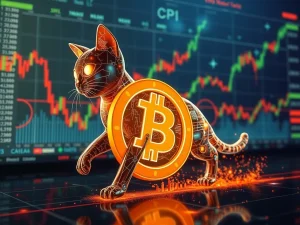Bitcoin ETFs Surge: $47.39M Inflow Marks Five-Day Streak as Institutional Confidence Grows

Bitcoin ETFs are making headlines again, with a staggering $47.39 million inflow on July 30, extending a five-day streak of positive capital movement. This surge highlights growing institutional confidence in regulated crypto investment vehicles. But what’s driving this trend, and why should investors pay attention?
Why Are Bitcoin ETFs Gaining Traction?
The recent inflows into Bitcoin ETFs signal a shift in investor sentiment. Here’s why:
- Regulated Access: ETFs provide a compliant way to invest in Bitcoin without direct ownership hassles.
- Institutional Trust: Major players like BlackRock and Bitwise dominate inflows, reinforcing credibility.
- Market Liquidity: ETFs enhance price discovery and trading efficiency.
Key Players in the Bitcoin ETF Space
BlackRock’s iShares Bitcoin Trust (IBIT) led with $34.73 million in inflows, followed by Bitwise’s BITB at $12.66 million. Other ETFs saw minimal movement, underscoring the dominance of top-tier providers.
What This Means for the Crypto Market
The five-day inflow streak reflects a broader acceptance of Bitcoin as a long-term asset. Regulatory approvals earlier this year have paved the way for institutional participation, boosting market legitimacy.
Risks and Considerations
While Bitcoin ETFs offer convenience, investors should be aware of:
- Management fees
- Market volatility
- Indirect custody risks
FAQs
Q: What is a Bitcoin ETF?
A: A Bitcoin ETF is a regulated investment vehicle that tracks Bitcoin’s price, allowing investors to gain exposure without holding the asset directly.
Q: Why are institutional investors favoring Bitcoin ETFs?
A: Institutions prefer ETFs for their regulatory oversight, ease of trading, and reduced custody risks.
Q: How do Bitcoin ETFs impact market liquidity?
A: ETFs increase liquidity by aggregating demand and facilitating smoother price discovery.
Q: Are Bitcoin ETFs safe?
A: While safer than direct ownership, ETFs still carry risks like fees and market volatility.









